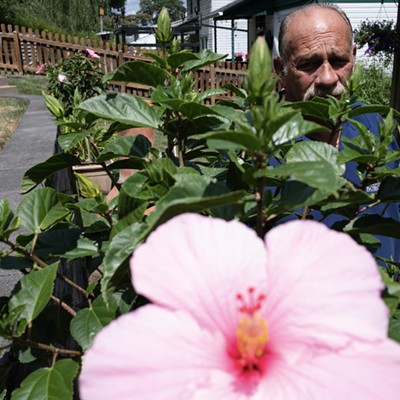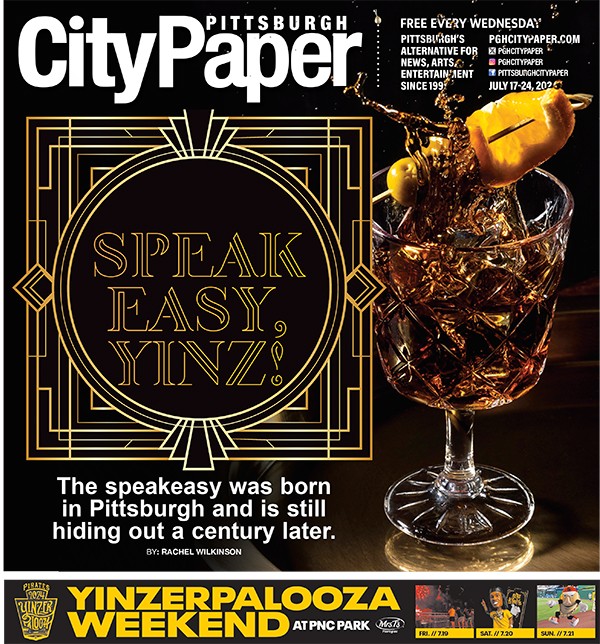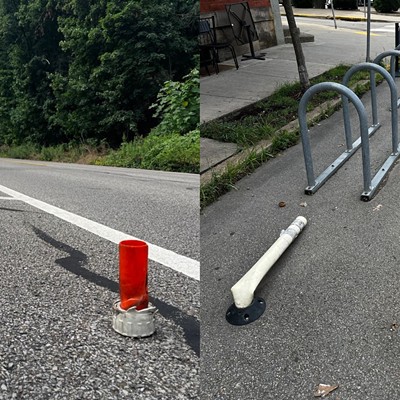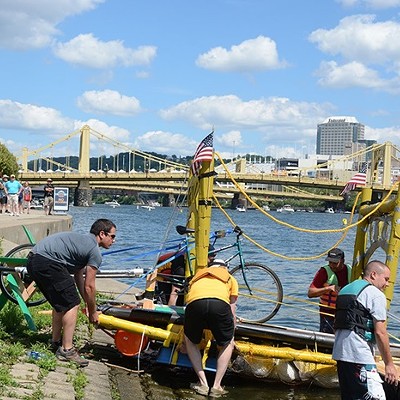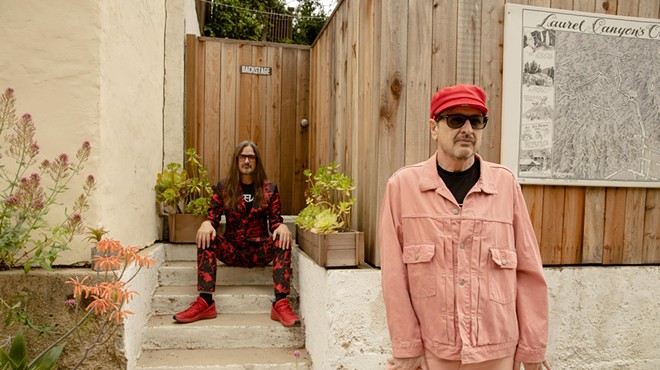At the multi-street intersection where the Bloomfield bridge intersects with Main Street and Liberty Avenue sits the ShurSave grocery store site, which was purchased by a new developer, meaning it is almost certain to be torn down and redeveloped — but as what?
Under the direction of the Bloomfield Development Corporation (BDC), Action Housing, and the Studio for Spatial Practice, a series of design planning meetings have taken place to solicit community opinions about what should happen to the site. A presentation on April 9 unveiled three possible design schemes for further development, while also documenting statements of values and design principles that were cultivated along the way.
The process has been both typical and remarkable. On one hand, the city requires that developers present plans for large projects to registered groups for feedback. On the other hand, the developers don’t have to listen.
In this case, Action Housing is not even the owner of the site. And though this particular community process has been widely observed and reported on, it has an unusual capacity to gather very freeform community input and turn that into realistic, real-world proposals. This method should cause similar community meeting organizers to take note.
Previously, Milhaus had rights to develop the site, but their proposal for 237 market-rate apartments, introduced before soliciting any community feedback, was “met with a multi-hundred person angry mob” recalls Studio for Spatial Practice principal Jonathan Kline. Residents expressed “fear that the kind of gentrification that you see in Lawrenceville…has now landed in force” in Bloomfield. Milhaus dropped the proposal and their option to redevelop the site. Kline believes the current owners are remaining anonymous out of wariness.
Meanwhile, Action Housing, seeking to develop some kind of mixed-use, affordable housing project, had submitted a letter of intent for the property, but they were rejected. Linda Metropulos, acting deputy director, says her company took note of “the response the community had to Milhaus…which was so counterproductive.” Even without an option on the property, Action Housing decided “to pay for a consultant to work with the community to capture what the vision could be,” whether or not they ended up developing the property. The cost, she says, is “modest.”
BDC and Action Housing hired Studio for Spatial Practice. The firm has conducted more than 100 community design planning meetings, but Kline says this series has been novel.
The first step engaged the “Place It” method of freely associative design planning developed by planner/activist/artist James Rojas, in which attendees use small token-like objects—curlers, plastic flowers, a horse—as prompts to talk about memory, identity, and place, to discuss what they want from a neighborhood in very personal terms. BDC executive director Christina Howell was amazed that this stage elicited plenty of hugging among emotionally stirred participants. “I’ve never seen anything like it,” she says.
The next step challenged the design team to take the freeform sentiments of the first phase and transform them into possibilities for actual use on the site. Kline says they offered “a specific palette of uses…for people to play with,” including senior housing, mixed-income housing, retail, open space, supermarket, and community space. Community members engaged with the task of contemplating what functions would go on a real site.
“It was much harder because people really had to choose,” says Howell.
For the most recent presentation, Kline’s team incorporated the sentiments and choices of the first two meetings into three separate real-world design schemes. “We have tried very hard to integrate kind of the generic development and architectural realities … Everything represents a real building size of a bulk that's realistic,” says Kline. He adds that each scheme includes “urban design best practices like no blank walls. Don’t put the garage entrance next to the corner. Use nice materials. Do active frontages on Liberty.”
The bad news is that the current developer could still do whatever they want. The good news is that Action Housing and BDC view the process as a success for the community. Metropulos observes that, after this process, Bloomfield residents are even more “committed to getting some of what they want and what they need with future developers coming in.”




